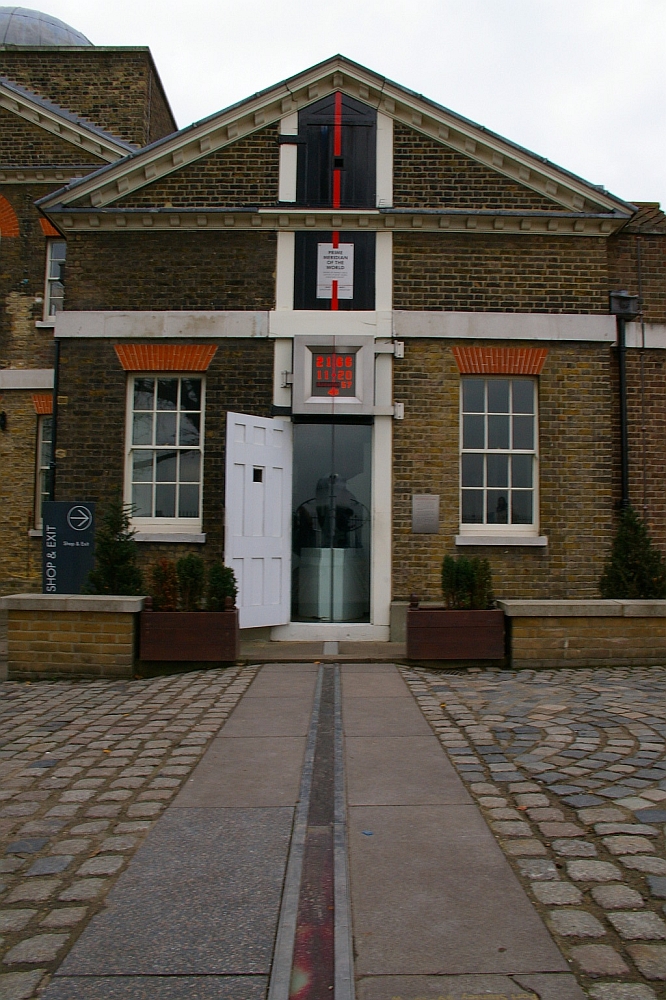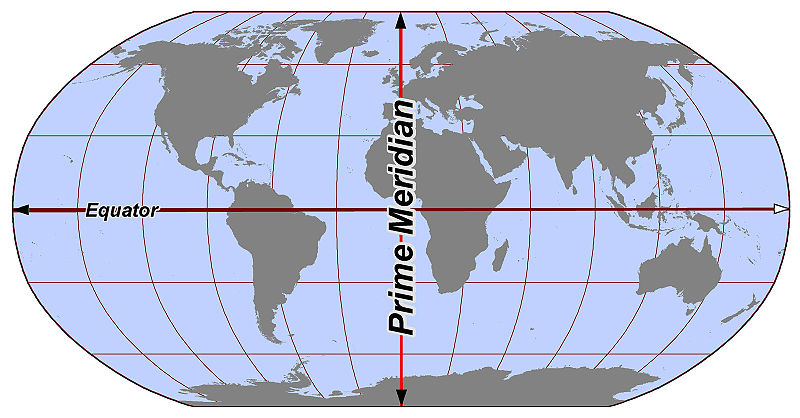Royal Observatory: Where East Meets West

The Royal Observatory in Greenwich, England – near London – once served as the center of navigation worldwide. It is still considered the "dividing line" between eastern and western time zones and the Western and Eastern hemispheres.
In 1884, the observatory was designated the area where the world's "prime meridian" is located, the accepted dividing line between east and west longitudes around the world. All other locations on the globe are measured with reference to this location.
Founding the observatory
The observatory was founded in 1675, the same year that King Charles II appointed John Flamsteed as the first astronomer royal. Flamsteed's primary goal, along with that of the observatory, was to pin down how to find longitude on the open sea. There, sailors would need to figure that out only by looking at the stars.
After more than 2,000 men died at sea in a single disaster in 1707, Britain's Parliament came under more pressure to make sea navigation safer. The government established the Board of Longitude in 1714 to seek a solution to finding longitude at sea. The prize was 20,000 pounds, the equivalent of 2 million pounds today – or $3 million.
Finding longitude was important not only to help ships navigate, but also to help them tell time. The sun's highest location in the sky shifts by about an hour for every 15 degrees in longitude. Scientists of the day realized that if time could be told accurately on the sea, sailors could compare their location to that of Greenwich and figure out at what longitude the ship was sailing.
It took decades, but eventually John Harrison created a portable clock that could work despite the heaving motions of the ship. He made several versions over the years, and late in his life was recognized as solving the "longitude problem" that had so vexed authorities.

Establishing the meridian
Today, we divide the world into different time zones coordinated with each other, but centuries ago timekeeping was a hodgepodge of local systems. There was no need to coordinate zones with each other until the railroad accelerated travel between different locations.
That changed in the 1850s and 1860s as railroad travel became popular. There was a risk of collision on the railway if two trains running on different time systems ended up in the same spot. As such, in 1884 a global delegation met to determine where the prime meridian would be.
Greenwich won overwhelmingly, as the United States already considered it the location and Greenwich was used extensively for sea navigation. Greenwich Mean Time was "zero hour" for setting clocks worldwide.

Moving target
Contrary to popular belief, however, the line is not a fixed location.
"As the Earth's crust is moving slightly all the time, the exact position of the meridian shifts slightly too," the observatory stated. "But the original reference for the prime meridian of the world remains the Airy Transit Circle in the Royal Observatory."
Even without the shifting crust, modern technology has changed the placement of the prime meridian. The original location was set using a photographic zenith tube, a telescope that relied on liquid mercury to determine the imaginary line running directly from the crust to the core. Today, GPS satellites more accurately determine that line, which lies 334 feet (102 meters) east of the historical marker.
"Most people stand on the stripe and have their picture taken, with the sundial in the background," said Ken Seidelmann, an astronomer at the University of Virginia. "If they stood there with their GPS receiver, it wasn't zero degrees."
Shifting to education
Around the 1960s, Greenwich moved its observatory activities to Herstmonceux (later Cambridge) and gradually transferred Flamsteed House's navigation activities to the responsibility of the National Maritime Museum.
This process was concluded in the 1990s, but the museum remains for public education purposes. The Royal Observatory, under the responsibility of the National Maritime Museum, reclaimed its name after RGO Cambridge closed in 1998.
In 2007, to emphasize its role in astronomy education, the observatory finished a $22.8 million (15 million pounds) renovation of its facilities. The work, the observatory stated, "includes a new, state-of-the-art planetarium, new astronomy and time galleries and an education centre."
The observatory has exhibits tracing the history of navigation, including its importance in trading and how it assisted early explorers to the Arctic and other far-flung places.
Notably, the observatory runs an astronomy photography contest every year that it advertises as open to anyone. Winners receive a cash prize and are also publicized on the observatory's website.
Additional reporting by Nola Taylor Redd, Space.com contributor.
Additional resource
Join our Space Forums to keep talking space on the latest missions, night sky and more! And if you have a news tip, correction or comment, let us know at: community@space.com.
Get the Space.com Newsletter
Breaking space news, the latest updates on rocket launches, skywatching events and more!

Elizabeth Howell (she/her), Ph.D., was a staff writer in the spaceflight channel between 2022 and 2024 specializing in Canadian space news. She was contributing writer for Space.com for 10 years from 2012 to 2024. Elizabeth's reporting includes multiple exclusives with the White House, leading world coverage about a lost-and-found space tomato on the International Space Station, witnessing five human spaceflight launches on two continents, flying parabolic, working inside a spacesuit, and participating in a simulated Mars mission. Her latest book, "Why Am I Taller?" (ECW Press, 2022) is co-written with astronaut Dave Williams.










